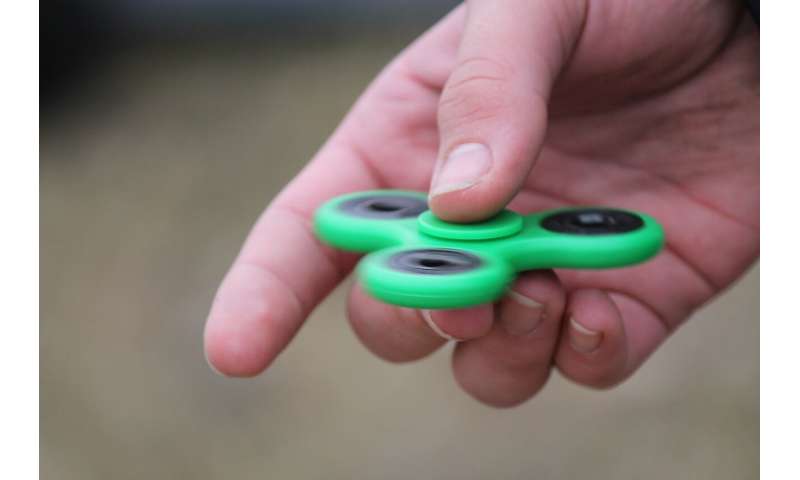For toddlers with autism, more intervention hours are not necessarily better


A multisite study led by UC Davis Health found that two prominent early intervention models for autism had a similar impact. The researchers compared developmental and symptom improvements in toddlers with autism who received one year of one-on-one intervention sessions using either the Early Intensive Behavioral Intervention (EIBI) or Early Start Denver Model (ESDM). They found that the effect did not differ significantly whether delivered at 15-hours or 25-hours per week.
“When parents receive the first diagnosis, they typically ask: What kind of treatment should I seek and for how many hours per week?” said Sally J. Rogers, professor emeritus of psychiatry and behavioral sciences at the UC Davis MIND Institute and lead author on the study. “As clinicians, we had no data from well-controlled experimental studies to answer these questions. This study is the first to ask these questions experimentally.”
Their study, published in the Journal of the American Academy of Child and Adolescent Psychiatry, found that neither the type of intervention nor the intensity of delivery led to significant differences in the children’s rate of progress.
EIBI and ESDM interventions for autism
The two interventions vary considerably in their delivery style and underlying theories. EIBI is based on applied behavior analysis and uses simple, structured instructions to teach the children. ESDM is naturalistic and based on developmental and behavioral sciences with an interactive style embedded in everyday activities, both play and typical routines.
Previous studies have documented that both treatment types can result in significant child gains in language understanding and use, learning rates, and cognitive and adaptive skills. However, recommendations for a specific number of hours per week of treatment have been based on assumptions rather than high-quality experimental evidence.
“We designed the trial to provide objective answers about the effect of initial child characteristics, treatment styles and treatment intensities on the child’s progress over time,” Rogers said. “We assessed this progress by measuring key developmental and symptom indicators.”
Researchers enrolled 87 toddlers with autism (between the ages of 12 and 30 months) from three university sites. Based on their age and development level, the children were randomly assigned to one of four intervention groups: 15 or 25 hours of ESDM; 15 or 25 hours of EIBI.
The researchers delivered one year of one-on-one interventions in homes and childcare settings. They also provided caregiver coaching to the families through two 1.5-hour sessions per month. According to Rogers, the ESDM and EIBI treatments were delivered at the highest quality.
“Therapists followed the treatment manuals and maintained high fidelity to the principles of each treatment. They also received frequent supervision and coached parents to use the interventions and to generalize child skills from therapy into everyday activities at home and in the community,” Rogers said.
The children received four clinic assessments from the time of enrollment, at six-month intervals. Therapists assessed progress daily and updated the intervention frequently to meet children’s changing developmental and behavioral needs.
More intervention hours not necessarily better
The researchers found that neither style nor intensity of intervention had a differing effect overall on the study’s four outcome measures: children’s progress in receptive language, expressive communication, nonverbal ability and autism symptom change. They also found that the treatment providers in both models used the models flexibly to meet individual children’s needs. Both models tended to provide greater structure and practice for children who needed it, and more child choice and naturalistic teaching for children who were ready for it.
“Parents may find it reassuring that even within highly specified treatment approaches like these two, therapists still adjust to individual child needs.”
The initial severity of developmental delay and autism symptom severity did not influence the impact of treatment style or intensity on any of the outcomes.
Source: Read Full Article